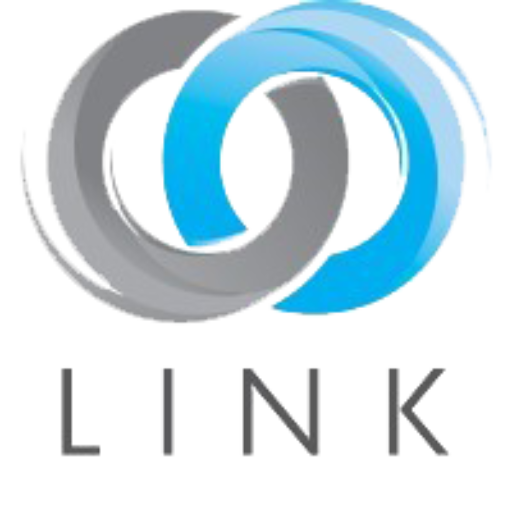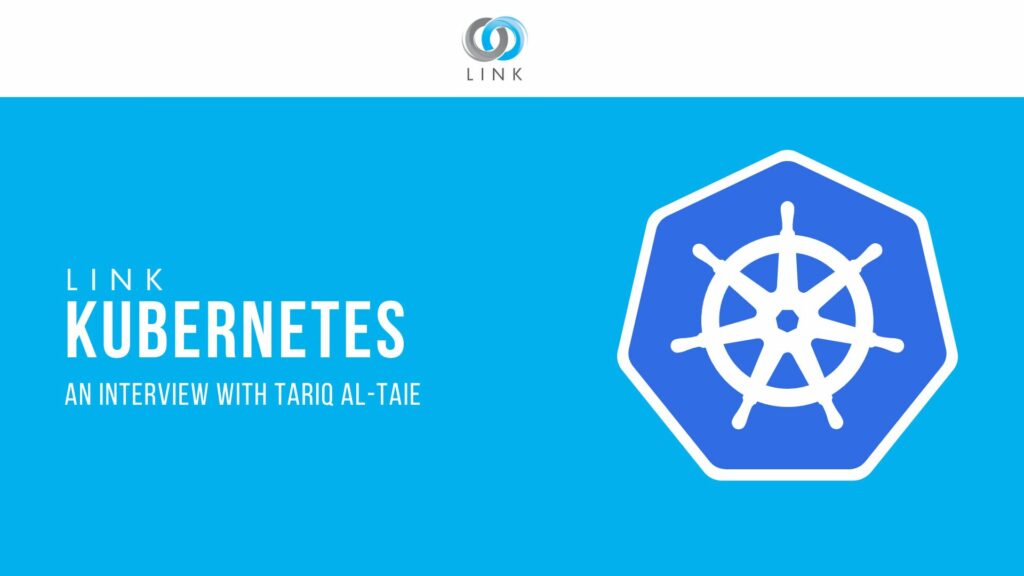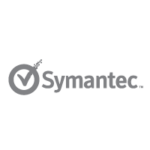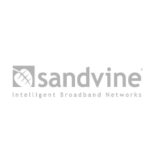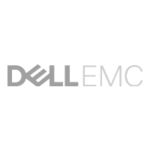Kubernetes in the Middle East: A Strategic Offering by Linkdata.com
The Middle East, a region known for its dynamic growth and burgeoning technological advancements, is quickly becoming a hub for digital transformation. As businesses across the region seek to modernize their IT infrastructure, the adoption of cloud-native technologies has skyrocketed. Among these, Kubernetes has emerged as a critical tool for managing containerized applications at scale. Linkdata.com, a pioneering cloud service provider, is leading the charge in bringing Kubernetes to the forefront of the Middle Eastern tech landscape.

The Rise of Kubernetes in the Middle East
Kubernetes, an open-source container orchestration platform, has transformed the way organizations deploy, manage, and scale applications. Its ability to automate the deployment, scaling, and management of containerized applications makes it an ideal choice for businesses aiming to enhance their agility and reduce operational overheads.
In the Middle East, the adoption of Kubernetes is driven by several factors:
- Digital Transformation Initiatives: Governments across the region are investing heavily in digital infrastructure as part of their broader Vision 2030 and Smart City initiatives. Kubernetes offers a scalable, efficient, and secure way to manage applications, making it a preferred choice for public and private sector entities.
- Cloud-Native Adoption: With the rapid shift towards cloud computing, businesses are increasingly embracing cloud-native technologies. Kubernetes, with its cloud-agnostic nature, allows organizations to deploy workloads across hybrid and multi-cloud environments, providing the flexibility needed to meet diverse business requirements.
- Innovation and Competitiveness: Companies in the Middle East are under pressure to innovate and stay competitive in a global market. Kubernetes enables rapid application development and deployment, helping businesses bring products to market faster while maintaining high standards of reliability and security.
Linkdata.com: Empowering Middle Eastern Businesses with Kubernetes
As a leading cloud service provider, Linkdata.com is committed to helping businesses in the Middle East harness the full potential of Kubernetes. Our expertise in Kubernetes, coupled with our deep understanding of the regional market, positions us uniquely to offer tailored solutions that meet the specific needs of our clients.
Tailored Kubernetes Solutions
At Linkdata.com, we understand that every business has unique requirements. Our Kubernetes offerings are designed to be flexible and customizable, ensuring that our clients can deploy and manage their applications in a way that aligns with their strategic goals.
- Managed Kubernetes Services: We offer fully managed Kubernetes services, allowing businesses to focus on their core operations while we handle the complexities of infrastructure management. Our services include cluster setup, monitoring, maintenance, and support, ensuring seamless operation.
- Kubernetes Consulting: Our team of experts provides comprehensive consulting services to help businesses design, implement, and optimize their Kubernetes environments. From architecture design to performance tuning, we guide our clients every step of the way.
- Training and Support: At Linkdata.com, we believe in empowering our clients with the knowledge they need to succeed. We offer training programs that cover the fundamentals of Kubernetes, as well as advanced topics, ensuring that your team has the skills required to manage your Kubernetes environment effectively.
Regional Expertise
Our deep understanding of the Middle Eastern market sets us apart from other service providers. We are well-versed in the regulatory, cultural, and business nuances of the region, allowing us to deliver solutions that are not only technologically sound but also aligned with local requirements.
Commitment to Innovation
Innovation is at the heart of what we do at Linkdata.com. We continuously invest in research and development to ensure that our Kubernetes solutions are at the cutting edge of technology. Our commitment to innovation enables us to provide our clients with the tools they need to stay ahead in an ever-evolving market.
Conclusion
The Middle East is on the cusp of a digital revolution, and Kubernetes is poised to play a central role in this transformation. As businesses across the region seek to modernize their IT infrastructure, Linkdata.com is proud to offer Kubernetes solutions that empower organizations to innovate, scale, and thrive in a competitive landscape.
Whether you are a government entity, a large enterprise, or a growing startup, Linkdata.com is your trusted partner in navigating the complexities of Kubernetes and driving your digital transformation forward.
Contact Linkdata.com today to learn more about how our Kubernetes solutions can help your business succeed in the Middle East.
